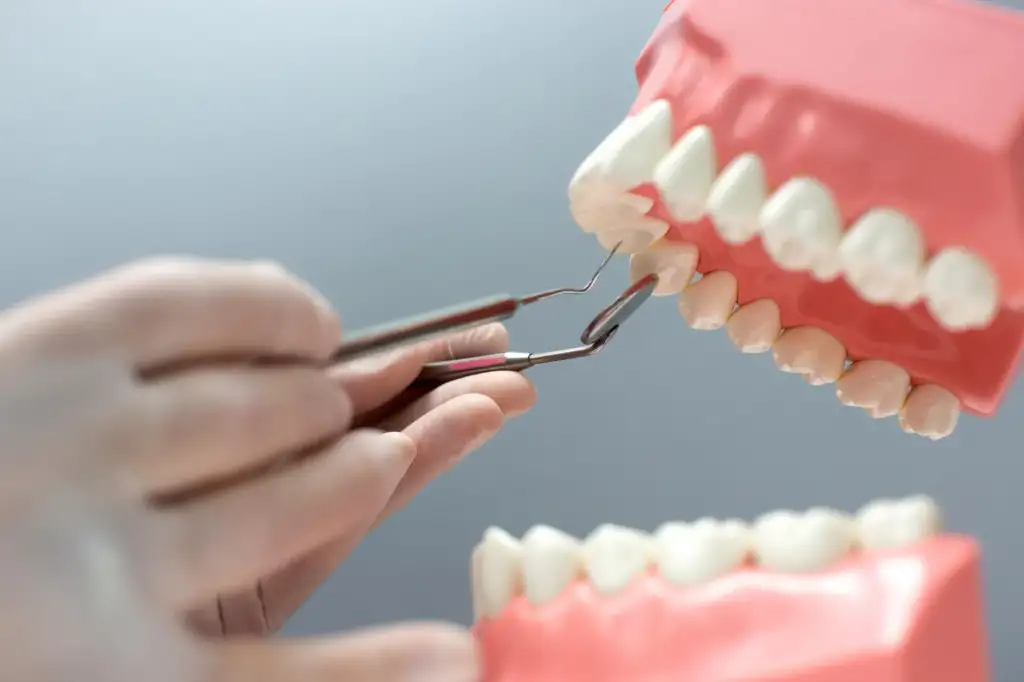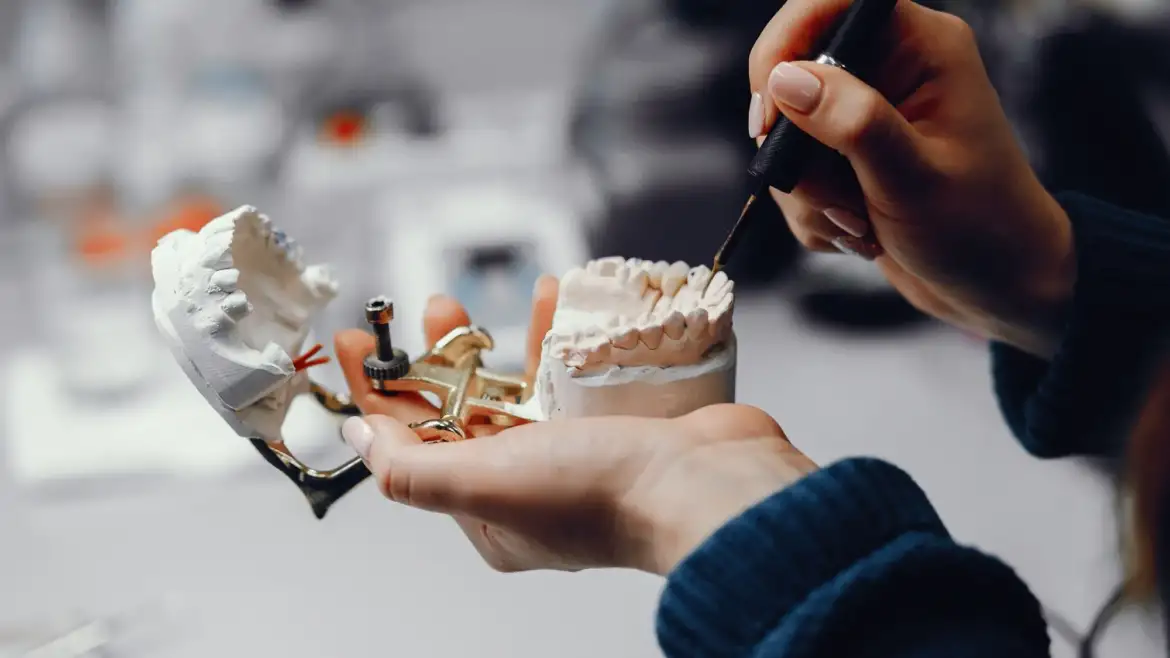Australians weighing up tooth replacement often land on two clear pathways: a fixed full-arch bridge on implants and a removable denture. Both restore a smile and basic function, yet they differ in cost, recovery, maintenance, and how they feel day to day. The right choice turns on your oral health, lifestyle, and budget—not on slogans or one-size-fits-all promises.
What each option actually involves
The All-on-4 concept places four strategically angled implants in a jaw to support a rigid bridge of replacement teeth. It’s designed to avoid extensive bone grafting in many cases while providing immediate teeth that are fitted to the new implants soon after surgery. In simple terms, All-on-4 dental implants aim to anchor a full set of fixed teeth to just four fixtures per arch so you can speak and chew with less movement than a removable plate.
Healing and what to expect after surgery

All-on-4 dental implants cost involves a surgical appointment that often runs one to three hours per jaw, followed by delivery of provisional fixed teeth the same day or within 24 hours in many centres. The underlying biology then takes over: osseointegration—bone fusing to the implants—typically runs for three to six months, during which your dentist will guide diet and load to protect the implants. Final teeth are fitted after this integration window when the tissues have stabilised.
Everyday function, comfort, and maintenance
Not everyone wants or needs a fully fixed bridge. A middle path uses two to six implants to stabilise a removable plate. These implant-supported dentures “snap” onto attachments for better grip than a traditional plate, making speech steadier and chewing more confident while allowing easy plate removal for cleaning. They cost more than a standard denture yet less than All-on-4, and they can be a smart upgrade for a lower denture that lifts or drifts.
Who benefits from each route?
When many or all teeth are failing, full arch rehabilitation with a fixed bridge suits people who want teeth that stay put for talking, socialising, and eating a broader menu without adhesive. It’s often recommended for patients with generalised tooth loss, worn or broken restorations, or long-standing denture problems, provided they have enough bone and good gum health—or they’re eligible for minor site preparation to achieve that. Those who prefer a removable option, value lower cost, or have medical factors that make surgery less appealing often choose a well-made denture or a later upgrade to an implant-retained plate.
Comfort, taste, and daily care

Fixed bridges don’t cover the palate, so taste and temperature sensing feel closer to natural. They’re brushed and flossed daily using inter-dental aids and water flossers, and they require professional hygiene visits. Removable dentures need plate cleaning after meals and careful overnight care. Upper plates can feel bulky at first and may reduce palatal sensation; lower plates are trickier for stability due to the tongue and limited bony ridge, which is why many patients consider two lower implants to tame movement.
Durability and risks
Implant-borne restorations aim for long-term service, but they’re not maintenance-free. Screws can loosen, acrylic teeth can chip, and gums still need attention. Smokers, uncontrolled diabetics, and those with poor oral hygiene have higher complication risks. Removable dentures avoid surgery and can be remade or relined as gums remodel, yet ongoing bone resorption may reduce fit over time, prompting periodic adjustments. Evidence behind the All-on-4 approach shows predictability in appropriately selected cases; your clinician will assess bone quality, bite forces, and parafunctional habits before recommending it.
Cost planning and value
A fair comparison looks beyond the first invoice. All-on-4 concentrates most spend in year one but can deliver years of stable function if maintained well. Dentures cost less at the start, then may need relines, repairs, or periodic replacement as tissues change. An implant-retained lower plate offers a strong value jump for many denture wearers who struggle with movement, often at a fraction of the price of a full fixed bridge. Ask clinics for transparent quotes that separate planning, surgery, temporaries, finals, reviews, and any sedation or grafting.
How to choose—step by step
Start with a full examination, 3D imaging, and a discussion about health conditions and medicines. Clarify your priorities: fixed teeth vs removability, budget today vs total cost over five to ten years, and appetite for surgery. Request a mock-up or try-in where offered so you can preview tooth shape and bite. If you’re on the fence, trial a quality denture first; stabilise it later with implants if needed, or move to a fixed solution once you’re confident. Either way, consistent hygiene and regular reviews keep the result on track.

